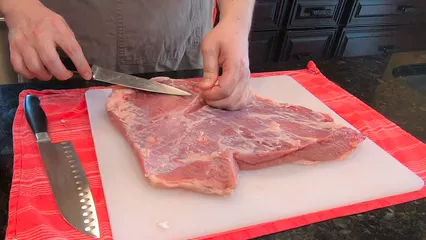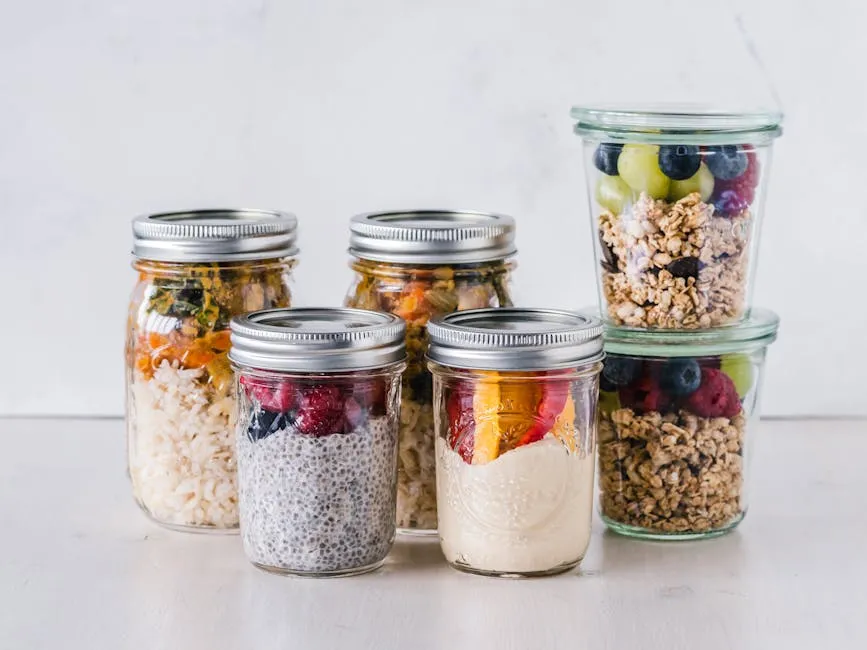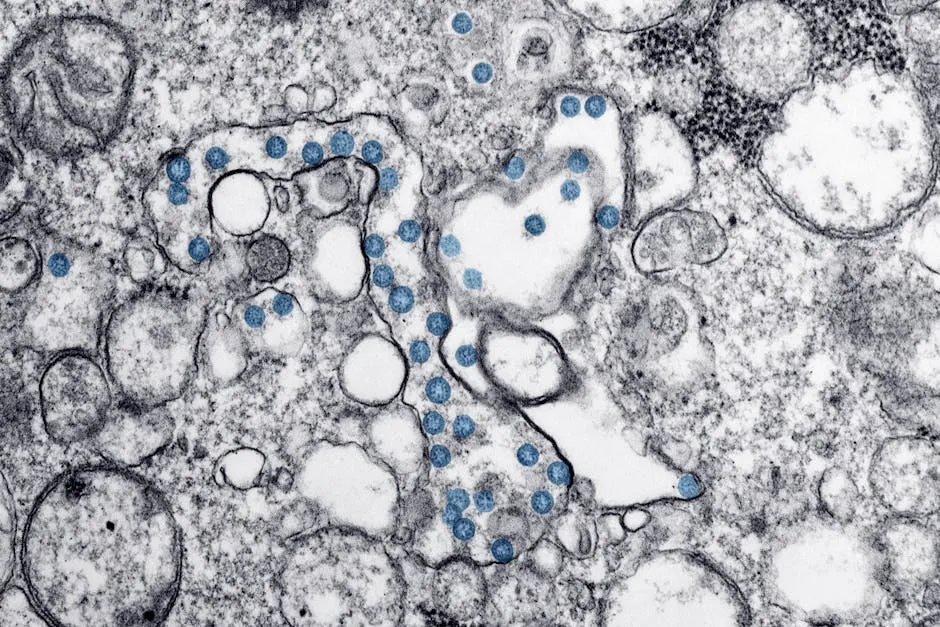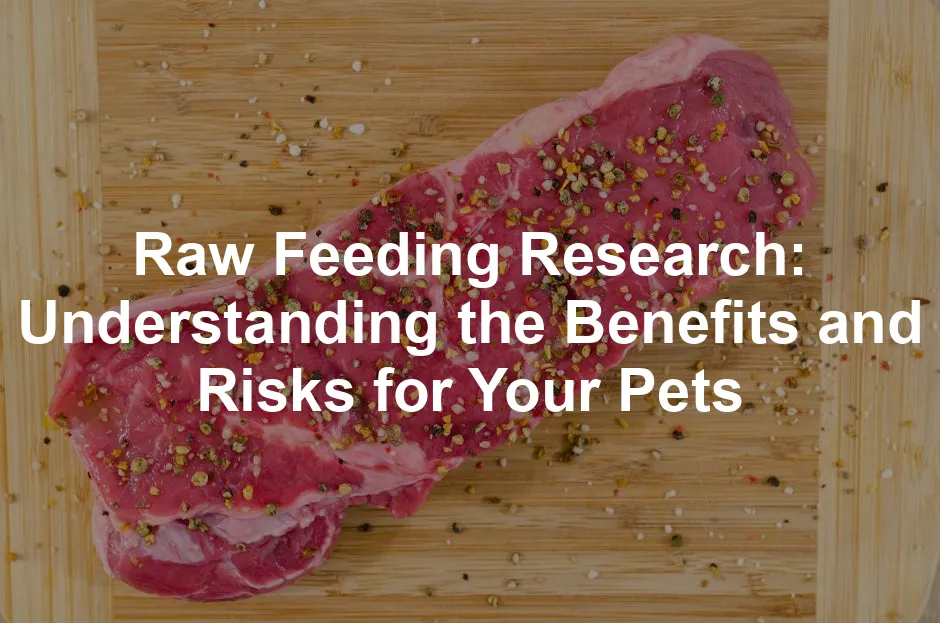Introduction
Raw feeding for pets is on the rise. Many pet owners are turning to raw diets, believing they offer health benefits. It’s essential to look at scientific research to guide these choices. Balancing the potential benefits against the risks of raw feeding is crucial for your pet’s well-being.
For a comprehensive understanding of raw feeding, check out this raw feeding guide.
Summary and Overview
Raw feeding, particularly raw meat-based diets (RMBDs), has gained traction among pet owners. This trend often stems from concerns about commercial pet foods and a desire for more natural options. Many owners believe that raw diets can improve coat health, digestion, and overall vitality.
Research indicates both benefits and risks associated with RMBDs. Some studies suggest that raw diets can lead to improved nutrient absorption and healthier skin. However, these diets can also pose risks, such as nutritional imbalances and exposure to harmful bacteria like Salmonella and E. coli.
Current findings emphasize the need for further research to evaluate the long-term effects of raw feeding. It’s vital for pet owners to stay informed and consider the safety and nutritional adequacy of any diet they choose for their pets.

If you’re interested in diving deeper into raw feeding, the Raw Dog Food Recipe Book can be a great resource. It offers easy-to-follow recipes that can help you create balanced meals for your furry friend, ensuring they get all the nutrients they need without the commercial additives.
The Science Behind Raw Feeding
Nutritional Benefits of Raw Diets
Raw diets typically consist of meat, bones, and organs. These components provide essential nutrients for your pet. One significant advantage is the higher protein content found in raw foods. This can support muscle growth and overall health.
Additionally, many pet owners report improved digestion with raw diets. The natural enzymes present in raw foods may aid in breaking down nutrients more effectively. You might also notice a shinier coat on your dog. Healthy fats from raw meat contribute to better skin and coat condition.
Commercial dog foods often lack specific nutrients. For instance, vitamins A, D, and certain fatty acids can be underrepresented. A raw diet can help fill those gaps, offering a more balanced nutritional profile for your furry friend.

When it comes to feeding your dog, the right tools can make all the difference. Consider investing in a Dog Food Scale to ensure you’re providing the right portions. Accurate measurements can help maintain your dog’s health and prevent overfeeding, which is as important as the food itself!
Risks Associated with Raw Feeding
Pathogen Risks
Feeding raw diets comes with certain risks, especially concerning pathogens. Common culprits include Salmonella and E. coli, which can thrive in raw meat. Studies have shown that a notable percentage of raw pet foods test positive for these harmful bacteria.
The implications extend beyond just your pet’s health. Humans who handle raw food can also be at risk. Cross-contamination during meal preparation is a real concern. Families with children, elderly, or immunocompromised members should be particularly cautious.
Research indicates that raw diets can significantly increase the likelihood of bacterial infections in pets. Understanding these risks is vital for any pet owner considering a raw feeding approach.

Nutritional Imbalances
When crafting homemade raw diets for pets, nutritional imbalances can arise. Many pet owners may unintentionally create meals lacking essential vitamins and minerals. This can lead to deficiencies that affect a dog’s overall health. For instance, a study highlighted that 60% of raw diets evaluated contained significant dietary imbalances. Common issues include inadequate calcium and phosphorus levels, which are vital for bone health.
Moreover, some commercial raw diets also fall short. A review of several brands revealed that many did not meet the nutritional guidelines set for pet food. Pets fed these diets may miss out on vital nutrients. Such deficiencies can lead to health issues like osteodystrophy or hypervitaminosis. Thus, it’s crucial for pet owners to consult with veterinary nutritionists when transitioning to raw feeding. This helps ensure a balanced and healthy diet for their furry friends.

To keep your pet’s meals fresh and safe, consider a Pet Food Storage Container. This will help maintain the quality of your dog’s food, preventing spoilage and keeping those pesky pests away.
Owner Motivations for Raw Feeding
Survey Insights
Surveys reveal interesting motivations behind raw feeding choices. Many pet owners opt for raw diets due to perceived health benefits. A study involving 218 dog owners showed that 80% completely abandoned commercial pet food, driven by distrust in ingredient sourcing. They sought a more natural diet, believing it could enhance their dogs’ well-being.
Demographically, most raw feeding owners are women aged 21-40. This group frequently turns to the internet for dietary advice. While many report benefits like shinier coats and cleaner teeth, a notable percentage also faced challenges. About 45% experienced side effects, such as gastrointestinal upset. These insights underscore the need for informed decision-making. Pet owners should consider potential risks while pursuing the perceived benefits of raw diets.

Veterinary Perspectives on Raw Feeding
Veterinarians have mixed opinions about raw diets for pets. Many express concerns about potential health risks. Pathogens like Salmonella and E. coli can contaminate raw foods, posing risks to both pets and humans. These bacteria can lead to serious infections, especially in vulnerable individuals.
Veterinarians recommend caution when transitioning pets to raw feeding. They emphasize the importance of balanced nutrition. Homemade raw diets often lack essential vitamins and minerals. Therefore, consulting with a veterinary nutritionist is crucial to avoid nutritional imbalances.
Moreover, veterinarians play a vital role in educating pet owners. They can guide safe raw feeding practices. This includes proper food handling and storage techniques. By providing reliable information, veterinarians help owners make informed decisions.
Ultimately, open communication between veterinarians and pet owners is essential. This ensures that pets receive the best care and nutrition possible.

Evaluating Raw Feeding Research
Methodology of Relevant Studies
Understanding the methodologies behind raw feeding studies is essential. Common approaches include cohort studies and surveys. Cohort studies follow groups over time, comparing those on raw diets with others on traditional diets. This method helps identify potential health outcomes.
Surveys gather data directly from pet owners. They reveal insights into feeding practices and owner motivations. For instance, surveys can show how many owners experience health benefits or challenges with raw diets.
It’s important to assess the quality of these studies. Consider factors like sample size and study design. Higher quality studies provide more reliable results. Recognizing evidence levels helps pet owners interpret findings accurately.

Limitations of Current Research
Current studies on raw feeding have notable limitations. Many lack large sample sizes, reducing the reliability of findings. Small groups can lead to biased outcomes, making it hard to generalize results. Additionally, some studies rely on owner-reported data, which may be subjective. This can skew the understanding of raw diet effects on pet health.
There’s also a scarcity of long-term studies. Most existing research focuses on short-term observations, leaving unanswered questions about prolonged raw diets. Without extensive research, it’s challenging to draw firm conclusions about benefits and risks.
Consequently, more rigorous, unbiased research is essential. This would enhance our understanding of raw feeding and help pet owners make informed decisions.

Future Directions in Raw Feeding Research
Looking ahead, several areas warrant further exploration in raw feeding research. One crucial aspect is studying the long-term health effects of raw diets on pets. Understanding these impacts could inform dietary recommendations.
Another promising area is microbiome analysis. Researching how raw feeding influences gut health could uncover important insights. Identifying changes in bacterial composition could explain reported health benefits or risks.
Consumer-funded initiatives play a vital role in advancing research. Encouraging pet owners to support studies can lead to more comprehensive findings. This collaboration between pet owners and researchers can bridge gaps in current knowledge and improve dietary practices.

Conclusion
In summary, raw feeding presents potential benefits and risks for pets. While some studies highlight advantages like improved coat health, others raise concerns about pathogens and nutritional imbalances. Pet owners should consult veterinary professionals before making dietary changes. Ongoing research is crucial for informed decision-making in raw feeding practices, ensuring the well-being of our furry companions.
For those who want to ensure their pets stay healthy and safe, consider having a Pet First Aid Kit on hand. It’s always better to be prepared for any little accidents or emergencies that may arise!
Please let us know what you think about our content by leaving a comment down below!
Thank you for reading till here 🙂
All images from Pexels





